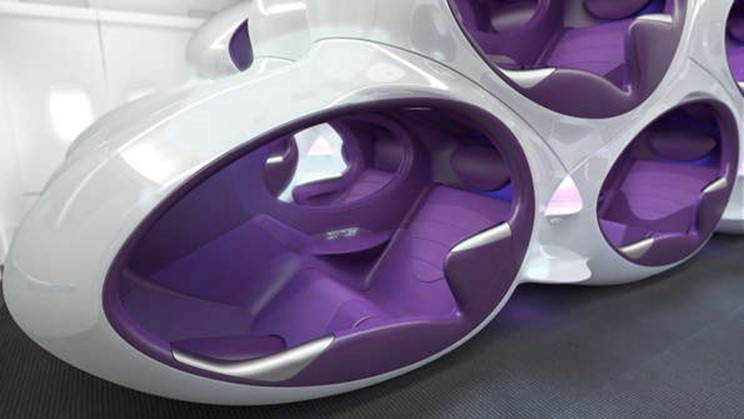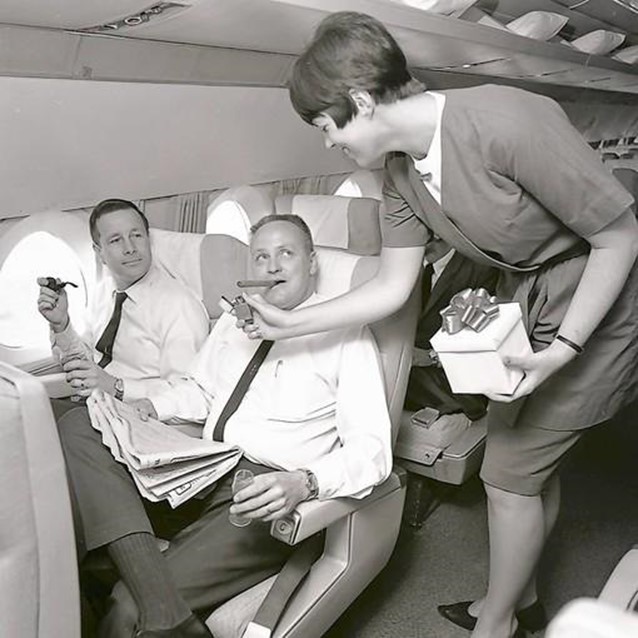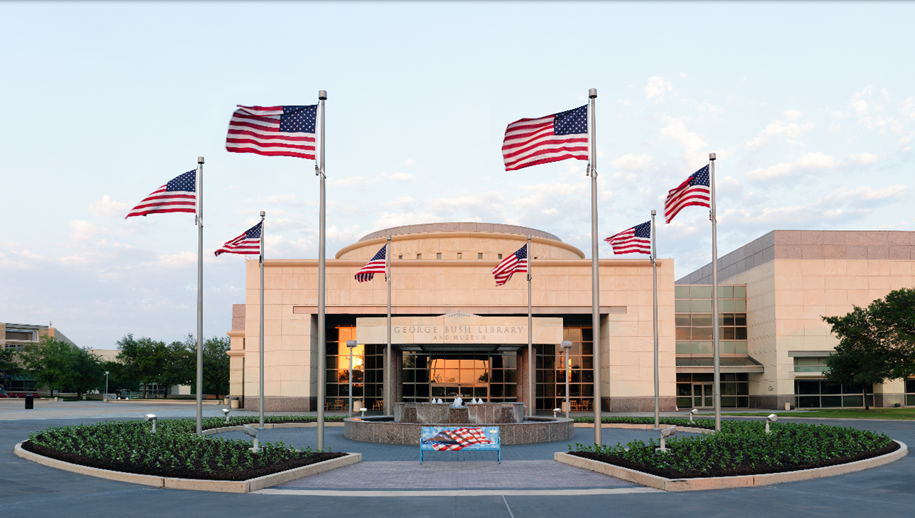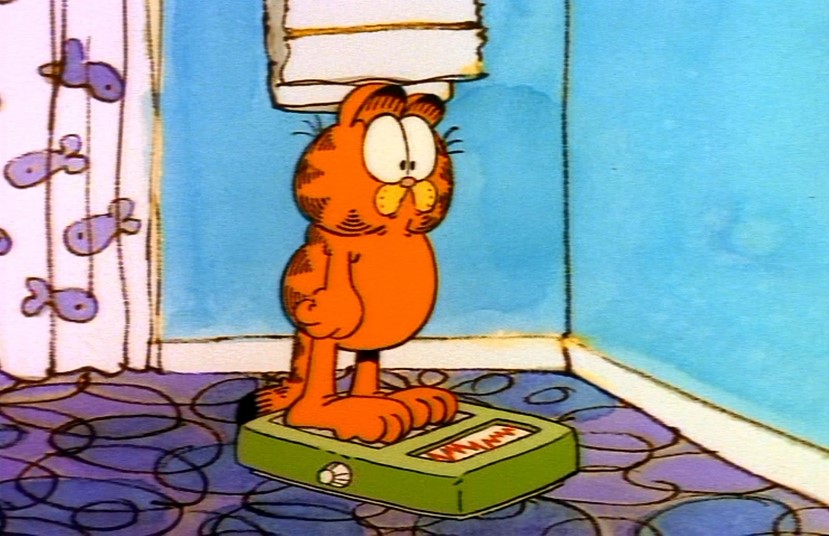The Future Of Air Travel
June 14, 2015 in Daily Bulletin

The Economist took a look at the future of airline interiors:
- At the moment there is a wide gap in the airline experience. On the one end planes are figuring out more ways to cram more seats into economy class.
- At the other end is Etihad airways that offers a three room hotel experience, complete with private chef and butler.
- Things could get worse for those who are only willing to pay for economy. Some airlines are thinking about standing room only planes for short haul trips – if the regulators will let them.
- But other changes could take place. By stacking seats so that some are raised, and some are lowered (pictured above) a plane could fit more passengers without compromising on space.
- Another concept is to have seats made of memory materials that can morph. They adjust to a person’s body size, and if a passenger is willing to pay more, the seat expands to become more like a business or first class one.
- Things like lighting could psychologically convince passengers that they have more space than they do. Lighting ceiling curves with sky-blue light generates a sense of expanding space above a passenger’s head.
- Meanwhile illuminating vertical walls with white light creates a sense of greater width.
- And the overall flying experience may improve. Large screens could replace windows and provide a better view of the outside as passengers fly through the air.
The full article has many more details, with pictures showing the various configurations that may greet the passengers of the future. You should read it here.
Source: The Economist









Join the Discussion! (No Signup Required)